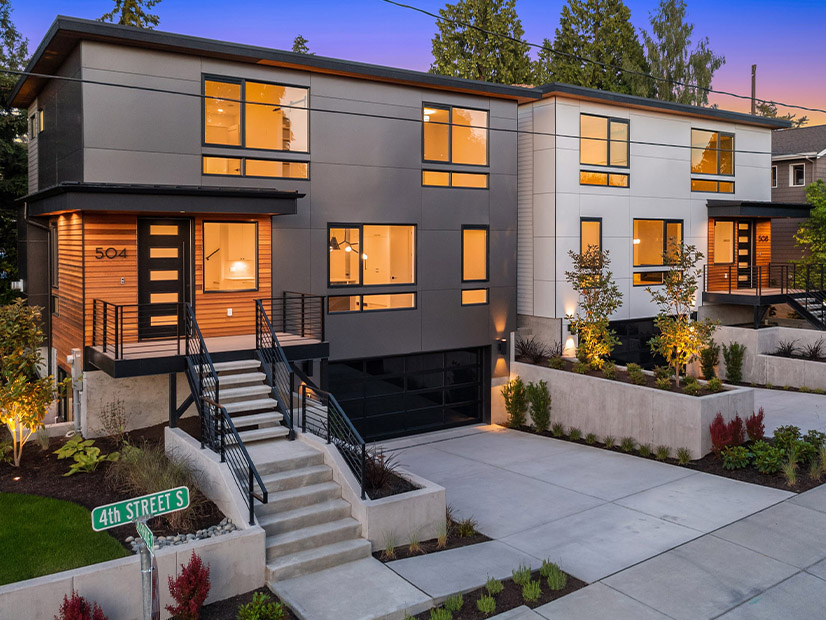
Washington lawmakers will likely prioritize legislation designed to sharply reduce carbon emissions from homes and commercial buildings during the upcoming 2023 session, which begins in January.
The federal Inflation Reduction Act contains tax credits and other measures related to decreasing emissions from residential and commercial structures. These measures include changing a lifetime cap on energy efficiency tax credits to an annual cap and setting up tax credits for installing heat pumps and making buildings more energy efficient.
State and local laws and regulations need to be implemented or tweaked to mesh neatly with the federal mandates, said Anna Loring, senior policy adviser to Gov. Jay Inslee.
Loring spoke Monday to the Washington House Environment and Energy Committee during a briefing on carbon emissions and buildings. She said the legislature needs to tackle the issue in the upcoming session.
Washington law calls for the state to reduce carbon emissions from homes and commercials buildings to 30% of 2006 levels by 2031.
By 2018, homes in Washington posted a carbon footprint that was 60.5% of 2006 levels, compared to a target of 65%, said Kjell Anderson, an architect serving on the State Building Code Council (SBCC). But commercial buildings’ carbon footprint is 69% of 2006 levels, falling short of the hitting the 2018 target of 60%.
All-electric homes with heat pumps are cheaper to build and maintain than ones with furnaces and air conditioners, Jonny Kocher of the Rocky Mountain Institute said.
However, “buildings are the fastest growing source of carbon emissions — driven by gas and heating,” said Patience Malaba, executive director of the Housing Development Consortium of Seattle-King County.
Malaba said there is a growing need for new homes for moderate- and low-income families in Seattle and King County, which will increase their carbon footprint. She also noted that low-income families have problems affording heat pumps — which combine air conditioning and heating — to trim their emissions. Financial incentives will be needed to obtain the participation of those families, she said.
The SBCC passed a requirement in April that all new commercial buildings must have heat pumps. Kocher expects that a similar decision for homes might be reached by the same council at its November meeting.


